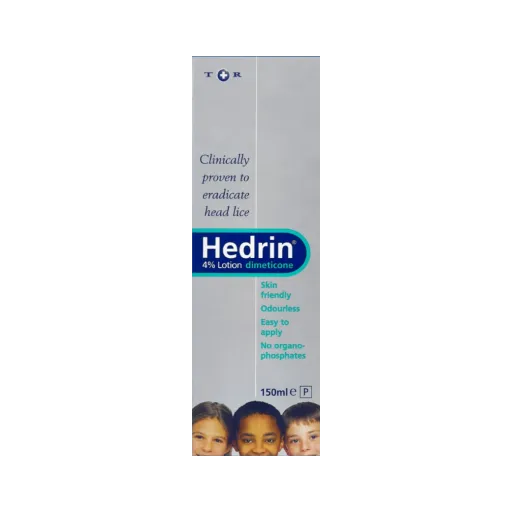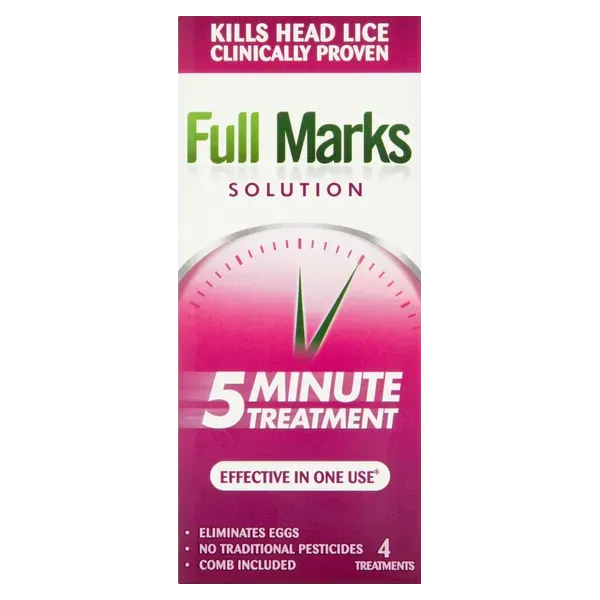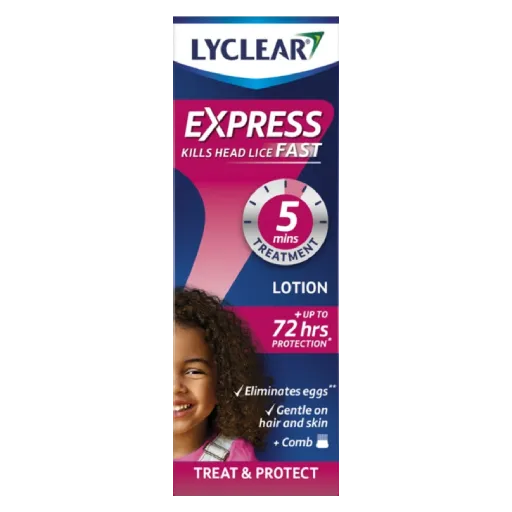head lice consultation
Please fill in the questionnaire below. Any information provided will be kept confidential and will only be seen by a prescriber. These questions are designed to give our prescriber enough information to make a decision on whether the treatment is suitable, please fill them in truthfully.
head lice
Head lice are tiny insects that live in hair and feed on blood from the scalp. They’re common in children and spread easily through close contact. Treatments include medicated lotions and combing.
-
P
-
P
-
P
Head Lice
Head lice are small parasitic insects that live on the scalp and feed on human blood. They are very common, especially in children aged 4-11, and can spread quickly through close head-to-head contact.
While they are not dangerous and do not carry disease, they can be irritating and cause itching and discomfort. Effective treatments are available over the counter or through your pharmacy.
What causes head lice?
Head lice spread through direct head-to-head contact. They do not jump or fly but crawl from one person's hair to another.
Common ways lice spread:
- Children playing closely together
- Sharing hairbrushes, hats, or pillows
- Close contact within families or classrooms
Having head lice has nothing to do with poor hygiene — they can live in clean or dirty hair.
What are the symptoms of head lice?
The most common symptom is itching, caused by an allergic reaction to lice bites. Other signs include:
- Visible lice in the hair (usually 2-3mm in size)
- Small white eggs (nits) attached to hair near the scalp
- Feeling something moving in the hair
- Redness or sores on the scalp from scratching
Itching may not start immediately — it can take weeks after infestation for symptoms to appear.
How are head lice diagnosed?
Head lice are diagnosed by finding live lice in the hair. This is best done using a detection comb:
- Use a fine-toothed lice comb on wet, conditioned hair
- Comb through small sections from root to tip
- Wipe the comb after each stroke and check for lice or eggs
You only need to treat if you find live lice — nits alone are not enough to diagnose an active infestation.
Head lice treatments
Head lice can be treated with special lotions, sprays, or by regular wet combing with a fine-toothed comb.
Medicated treatments
- Dimeticone-based products: Silicones that suffocate lice — gentle and suitable for most ages
- Insecticide sprays or lotions: Kill lice by targeting their nervous system (e.g. malathion)
- Always follow instructions carefully and repeat treatment in 7 days if needed
Wet combing
- Use a nit comb on wet, conditioned hair every 3-4 days for 2 weeks
- Effective if done thoroughly, especially for children under 2 or if avoiding chemicals
Comparison of popular UK lice treatments
There are several effective lice treatments available in the UK. Most work by either physically smothering lice or using an insecticide. Below is a comparison of the most popular options to help you decide which one may be best for you or your child.
Hedrin 4% Lotion
- Type: Dimeticone-based, non-insecticide
- How it works: Physically coats and suffocates lice
- Application time: Leave on for 8 hours or overnight
- Age suitability: From 6 months
- Scent-free and gentle: Ideal for sensitive skin
- Requires repeat treatment: After 7 days
Full Marks Solution
- Type: Cyclomethicone and isopropyl myristate (non-insecticide)
- How it works: Dehydrates and suffocates lice
- Application time: 5 minutes
- Includes a nit comb: Helps remove lice and eggs after treatment
- Age suitability: From 2 years
- Repeat after 7 days: To catch newly hatched lice
Lyclear Treatment Shampoo
- Type: Mineral oil and plant extracts (non-insecticide)
- How it works: Suffocates and dehydrates lice
- Application time: 10 minutes before rinsing
- Acts as a shampoo: 2-in-1 treatment and wash
- Age suitability: From 2 years
Wet Combing (Bug Busting)
- Type: Non-chemical method using a fine-toothed comb on wet hair
- How it works: Physically removes lice and eggs over multiple sessions
- Best for: Younger children, babies, or those avoiding chemicals
- Effort required: Must be done thoroughly every 3-4 days for at least 2 weeks
All treatments work best when used exactly as directed. Most products will need a second application after 7 days to make sure any newly hatched lice are also killed. Speak to your pharmacist if you're unsure which product to use or if treatment hasn't worked.
Will treatment work?
Most head lice treatments are effective if used correctly. Medicated products often require two applications — one to kill live lice and a second to catch any newly hatched eggs.
Wet combing is safe and chemical-free, but it requires time and persistence.
Head lice treatment side effects
Most treatments are well tolerated, but side effects can include:
- Mild scalp irritation or dryness
- Allergic reaction (rare) — stop using if you notice a rash or swelling
- Eye irritation — avoid contact with eyes during treatment
Speak to a pharmacist before using treatments on babies, during pregnancy, or if you have sensitive skin.


